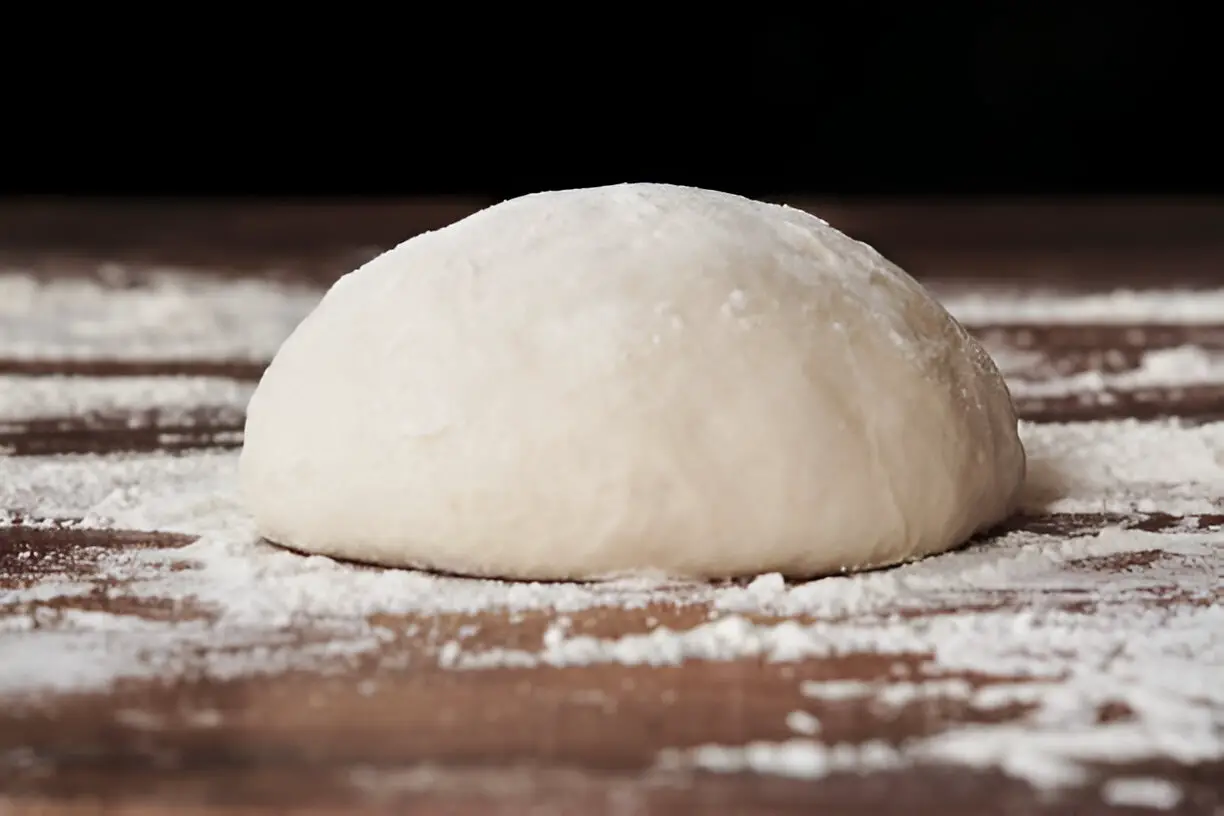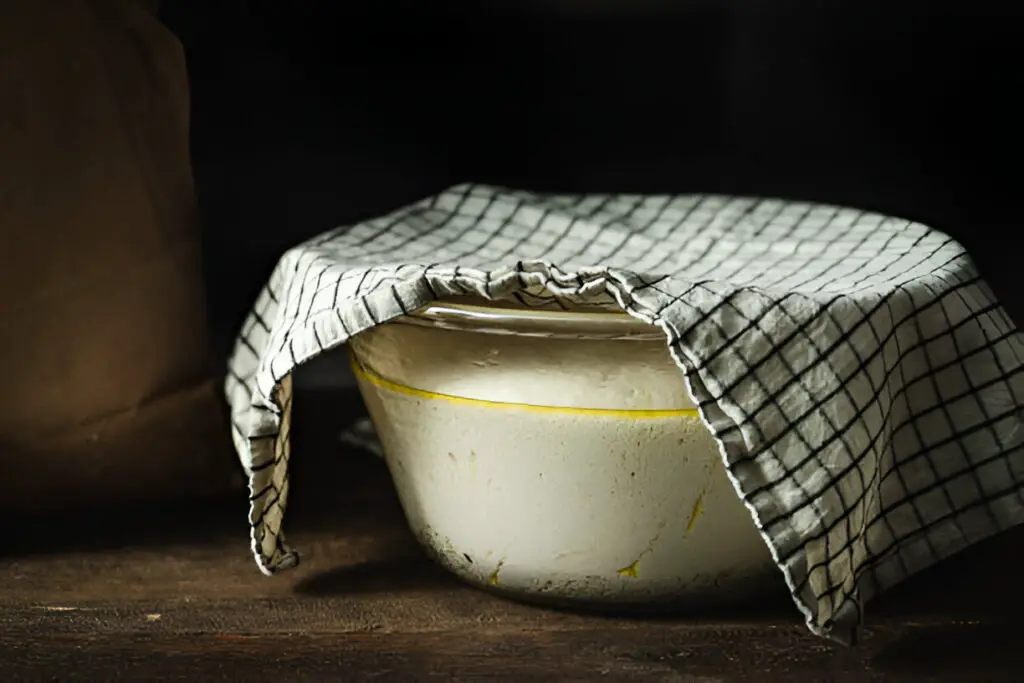What Happens if You Leave Bread Dough to Rise Too Long?

There’s something satisfying about watching bread dough rise, knowing that soon, you’ll have a fresh, homemade loaf. But what happens if you let it rise for too long? Life gets busy, and sometimes, dough is left sitting on the counter longer than planned. While it may seem harmless, overproofing your dough can lead to unexpected results in texture, flavor, and overall quality.
Have you ever baked a loaf that turned out too flat or had a strange sour taste? The time dough spends rising is crucial, and too much of it can completely change the outcome. From collapsed loaves to overly yeasty flavors, letting your dough sit too long can affect everything from structure to taste. So how long is too long, and what can you do if you’ve overproofed your dough?
This article will break down the science behind rising dough, explain the signs of overproofing, and provide tips on how to fix or prevent it. Whether you’re a beginner or an experienced baker, understanding this process will help you achieve the perfect loaf every time.
The Science Behind Rising Dough

When you leave bread dough to rise, yeast starts doing what it does best: feasting on sugars in the flour and producing carbon dioxide and alcohol as byproducts. This gas expands within the dough, causing it to inflate like a balloon. But let it go too far, and that balloon might just pop, or worse, leave you with a sticky, unworkable mess.
| Key Ingredient | Purpose |
| Yeast | Feeds on sugars, produces CO₂ |
| Flour | Provides sugars for yeast |
| Water | Activates yeast and gluten |
The whole process of rising is delicate, and timing is key. Just like any good thing, too much rising can lead to trouble.
Understanding Proofing and Its Purpose
Proofing is a crucial step in bread baking that involves letting the dough rise before baking. During this time, the yeast ferments the sugars in the flour, producing carbon dioxide gas, which causes the dough to expand. This process not only gives bread its airy texture but also contributes to its flavor. The longer the dough proofs, the more complex and rich the taste becomes, as the yeast continues to work its magic.
| Aspect | Effect on Proofing |
| Yeast Functionality | Active yeast creates gas bubbles, resulting in a lighter loaf. |
| Flavor Development | Extended proofing enhances depth of flavor due to fermentation. |
Temperature and humidity play significant roles in proofing. Warmer temperatures speed up yeast activity, while cooler conditions slow it down. Ideal humidity levels help maintain moisture, preventing the dough from drying out. Striking the right balance in these factors ensures a successful rise and ultimately leads to a delicious loaf of bread!
| Check out: How to Defrost Frozen Dough Without Sacrificing Quality |
Flavor Changes Due to Overproofing
When bread dough is left to rise too long, it undergoes significant flavor changes due to overproofing. The fermentation process, driven by yeast, continues breaking down sugars, producing alcohol and acids that can alter the final taste. Instead of the balanced, slightly sweet, and nutty flavor typical of well-proofed bread, overproofed dough can develop a tangy, overly sour, or even alcoholic taste.
The balance of acidity and sweetness in the dough depends on how long fermentation is allowed to continue. As yeast consumes the available sugars, it produces lactic and acetic acids, which contribute to a more pronounced sourness. This can be desirable in sourdough but may be unpleasant in standard sandwich bread or dinner rolls.
A table comparing flavor differences can highlight these effects:
| Proofing Stage | Flavor Profile |
| Underproofed | Bland, slightly sweet |
| Properly Proofed | Balanced, mild sweetness, slight tang |
| Overproofed | Sour, tangy, slightly alcoholic |
To avoid excessive sourness and unwanted flavors, keeping an eye on proofing time and using the poke test can help ensure the perfect rise for a flavorful loaf.
Signs Your Dough Has Risen Too Long
Wondering if your dough has hit its limit? Here are a few telltale signs:
- Overly Airy Texture: The dough may feel loose and “gassy” when you press it.
- Collapsed or Deflated Look: If the dough rises and then deflates on its own, it’s a sign it’s gone too far.
- Sour Smell: Long rises increase acidity, leading to a tangy or even sour aroma.
- Sticky and Hard to Shape: Over-risen dough can become sticky and difficult to handle.
What’s the Worst That Could Happen?
Leaving bread dough to rise too long can lead to a variety of issues. Here’s a breakdown of what could go wrong and how it affects your final loaf:
- Loss of Structure and Shape
- Overproofed dough becomes overly soft, which makes it hard to shape or even keep its form during baking.
- Result: A flat, dense loaf with less volume and a gummy interior.
- Sour Flavor
- Long-rise dough often develops a sour taste, which can be pleasant in sourdough but overpowering in a standard loaf.
- Result: Bread with an unintended tanginess or sharp flavor.
- Loss of Gluten Strength
- Over-proofing breaks down gluten, making the dough less elastic and weaker.
- Result: Bread may not hold its structure or achieve a good rise in the oven.
- Coarse or Large Air Pockets
- Extended rising can create air pockets that expand too much, giving an uneven, holey crumb.
- Result: Bread with giant holes, often too airy or sponge-like.
| Read: How to Thaw Frozen Bread Dough at Room Temperature |
How to Fix Over-Risen Dough (If It’s Not Too Late)
If you’ve accidentally left your dough to rise too long, don’t toss it just yet! Here are a few tricks to salvage your bread:
1. Gently Deflate and Reshape
- Punch the dough down gently to release some of the excess gas. Shape it back into a loaf or round, and allow it to rise one more time, though much shorter than the first.
- Tip: This is especially helpful if the dough is only slightly over-risen.
2. Add a Second Proof
- Knead the dough for a few minutes to redistribute the yeast, then let it rest briefly before baking. This can help restore some structure and reduce large air pockets.
3. Try the Refrigerator Trick
- If you’re not ready to bake yet, pop the dough in the fridge. Cold temperatures slow down the yeast’s activity, buying you extra time before baking.
Prevention Tips: How to Avoid Over-Rising in the Future
Getting the rise just right often takes a bit of practice, but these tricks can help you stay on track:
| Tip | Description |
| Use the “Poke Test” | Press your finger into the dough; it should spring back slowly but fully. |
| Set a Timer | Don’t rely on guesswork; set reminders so you don’t lose track of time. |
| Control Room Temperature | Rising happens faster in warm rooms; cooler temps slow down the process. |
| Consider Using the Fridge | Cold rising in the fridge takes longer but offers more control over timing. |
Keeping these tips in mind can make a big difference when managing your dough rise.
My Final Thoughts: Rising Dough Is All About Balance
In the end, bread dough is a bit like life—there’s a fine balance between too little and too much. Leaving dough to rise too long can turn a beautiful loaf into a flattened, dense disappointment, but understanding the science and practicing a few easy fixes can save you from kitchen disasters.
If you’re aiming for the perfect loaf, watch your dough closely, keep track of the time, and remember: sometimes a little patience (or a bit of a “reset” with a gentle punch-down) is all you need to keep your bread dough on the right track. Happy baking!






